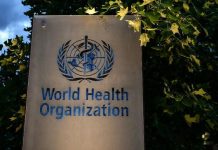It is crucial to have high quality DNA that is free of contamination such as debris, protein and RNA prior to performing the PCR or cloning procedure, or DNA sequencing. Purifying DNA is also referred to as DNA isolation and is a vital step in molecular biology. This article will help you understand the basics of DNA extraction and how to optimize it for better results.
The first step in the DNA purification process is to prepare a solution which includes a mix of water and an alkaline buffer. This buffer makes DNA soluble, so it is easily separated from the other components of the sample. After the DNA is placed in an alkaline and water solution, it is then treated with detergents and Chaotropics salts to break down cell membranes as well as nuclei. This releases the DNA. RNase can also be added https://mpsciences.com/2021/04/15/gene-synthesis-and-transcription-processes/ to remove any contamination of RNA from the sample.
The DNA is then separated by organic solvents like chloroform and phenol from other components of the cell such as proteins and fats. Once the DNA has been separated from proteins and lipids, it can be extracted using ethanol or isopropyl alcohol (rubbing alcohol).
The purity of the DNA may be verified using spectrophotometry or gel electrophoresis. A high-quality sample of DNA should have an absorbance range of 220 nm to 280 nm. 1.8. A low ratio could indicate that there is a problem with the protein binding process, or salt carryover from the wash or buffers that bind.











